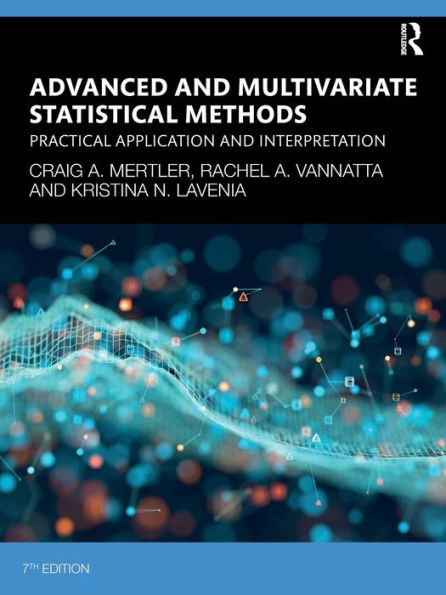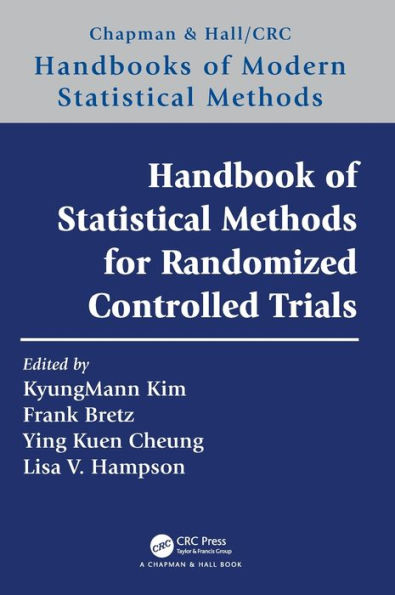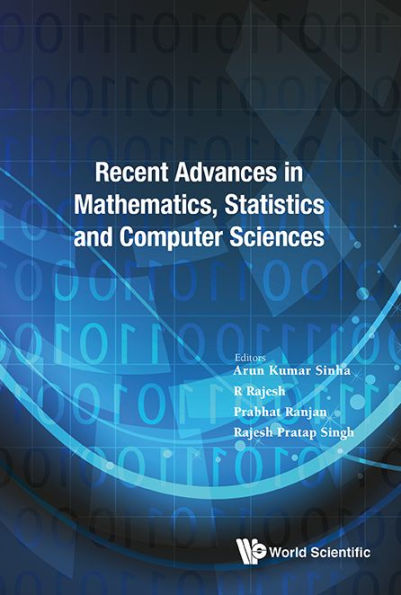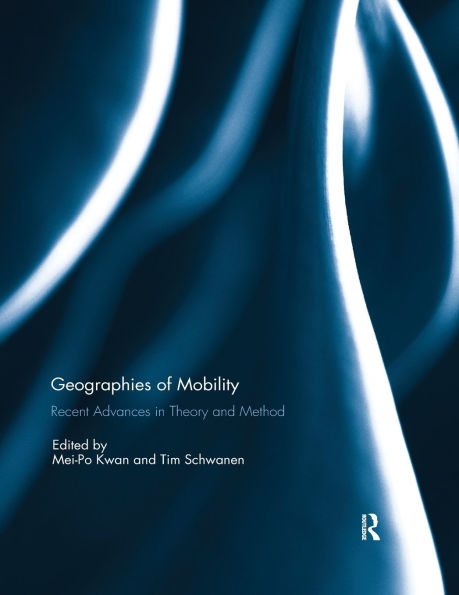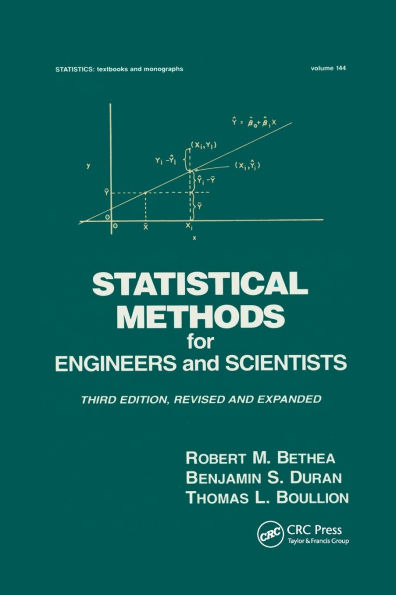Home
Multivariate Statistical Methods in Physical Anthropology: A Review of Recent Advances and Current Developments / Edition 1
Barnes and Noble
Multivariate Statistical Methods in Physical Anthropology: A Review of Recent Advances and Current Developments / Edition 1
Current price: $109.99
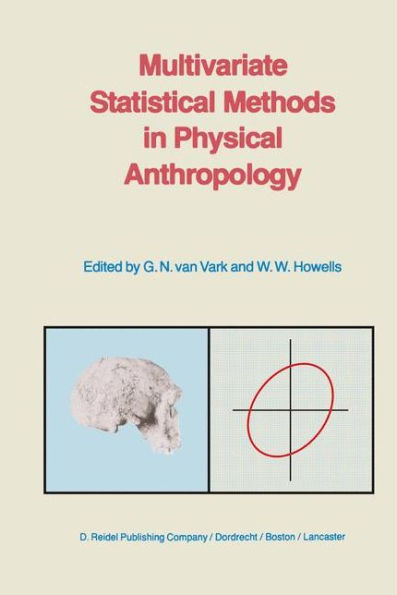

Barnes and Noble
Multivariate Statistical Methods in Physical Anthropology: A Review of Recent Advances and Current Developments / Edition 1
Current price: $109.99
Size: OS
Loading Inventory...
*Product information may vary - to confirm product availability, pricing, shipping and return information please contact Barnes and Noble
Physical anthropologists, like other research workers, are recognizing that the standard multivariate statistical techniques of recent decades are in need of refinement and greater precision. Increasingly it is felt that more sophisticated methods are called for, specifically designed for the materials and problems at issue. To this end the editors were asked by organizers of the First Intercongress of the International Union of Anthropological and Ethnological Sciences to develop a symposium on this general subject. With the title of this book, the symposium was held in Amsterdam on April 23-25, 1981. Invited were mathematical statisticians who were known to have an acquaintance with and interest in anthropological problems, together with anthropologists and human geneticists who consider multivariate methodology essential for their research. This volume constitutes an updated and revised selection from among the papers presented, together with a few supplementary papers by authors who were not present but whose work fills out the intended coverage and makes the volume more complete with respect to the state of affairs in the field. The papers are devoted both to new methodology and to its practical application. Mathematical statisticians may wish to know more about the biological nature and the kinds of materials and samples on which mathematical thinking can be exercised. Anthropologists as practitioners may not be fully aware of the possibilities and limitations in particular mathematical models and methods. Our purpose has been to bring the two groups together, for personal discussions across disciplinary lines as well as within disciplines.
